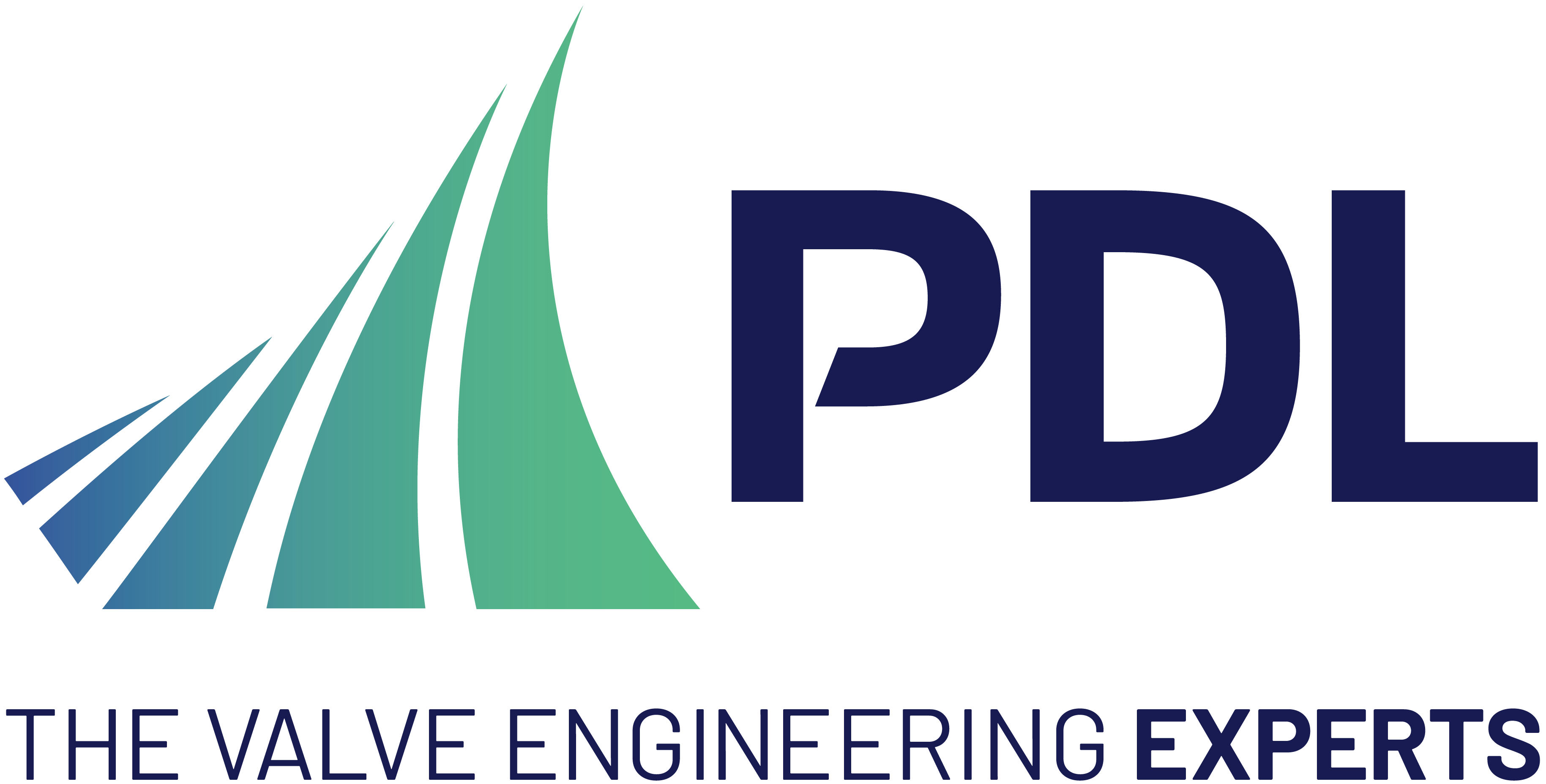PDL: Optimizing Preload in an HPHT API 6BX Flange When Subject to Thermal Loading


Fig 1 Graph showing force distribution within the flange

Fig 2 Temperature of uninsulated flange

Fig.3 contact pressure plot of gasket
The team of advanced engineering analysts at PDL Group have extensive experience of working closely with engineering teams to provide technical solutions on complex valve and actuator projects.
Over the last twenty years, the team has undertaken numerous gasket and bolting assessments to provide confidence in the sealing in different safety critical environments, including the application of preload and operational and test pressure, and under the application of actuator loading and external loads.
The team have supported their clients with developing their valve and flange designs for high pressure and high temperature (HPHT) applications. They have witnessed that more consideration is being given to closure bolting in API 6A/6B designed flanges for long life operation, and rightly so. Historically, API 17D required bolts to be preloaded to between 67% and 73% of the bolt’s material yield stress whilst not allowing excessive stress within the bolt above 83%. This gives an operating stress window as low as 10% to absorb primary and secondary loadings. For HPHT applications, this has made it more challenging to achieve a flange design which is practical and compliant, due to the differential thermal expansions of the flange material in relation to the bolting material, especially when the flange is un-insulated.
The latest edition of API 17D has reduced the required bolt preload to between 50% and 67% of the bolt’s material yield stress, whilst the limit on the stress within the bolt remains at 83% yield. For many HPHT applications, this freedom to select lower preloads provides an opportunity to increase the operating stress window of bolted flanges through optimization of the initial make-up force applied. PDL analysts can assess the functional and structural performance of the flange at ambient and elevated temperatures to investigate the prevention of leakage and separation under the expected loading, whilst avoiding unnecessarily high values which limit the flange from a bolt stress perspective.
As experts in gasket and bolts assessments, PDL analysts Ruth Owen and Peter Ward will be presenting their technical paper ‘Optimizing Preload in an HPHT API 6BX Flange When Subject to Thermal Loading’ at The American Society of Mechanical Engineers (ASME) Pressure Vessels & Piping (PVP) Conference in August 2024. To find out more about PDL’s proven track record with valve and actuator clients who rely on them to significantly reduce timescales, risk and costs visit https://pdl-group.com/valves/ or connect on LinkedIn https://www.linkedin.com/company/pdl-solutions-europe-ltd.

| Telephone: | 00 44 1434 609473 |
| Email: | solutions@pdl-group.com |
| Website: | www.pdl-group.com |
| More information on the PDL Solutions (Europe) Ltd BVAA Member Directory Page |
Search related valve / actuator articles: PDL Solutions (Europe) LtdIssue 94Company NewsCFD & FEA







-web.jpg)





